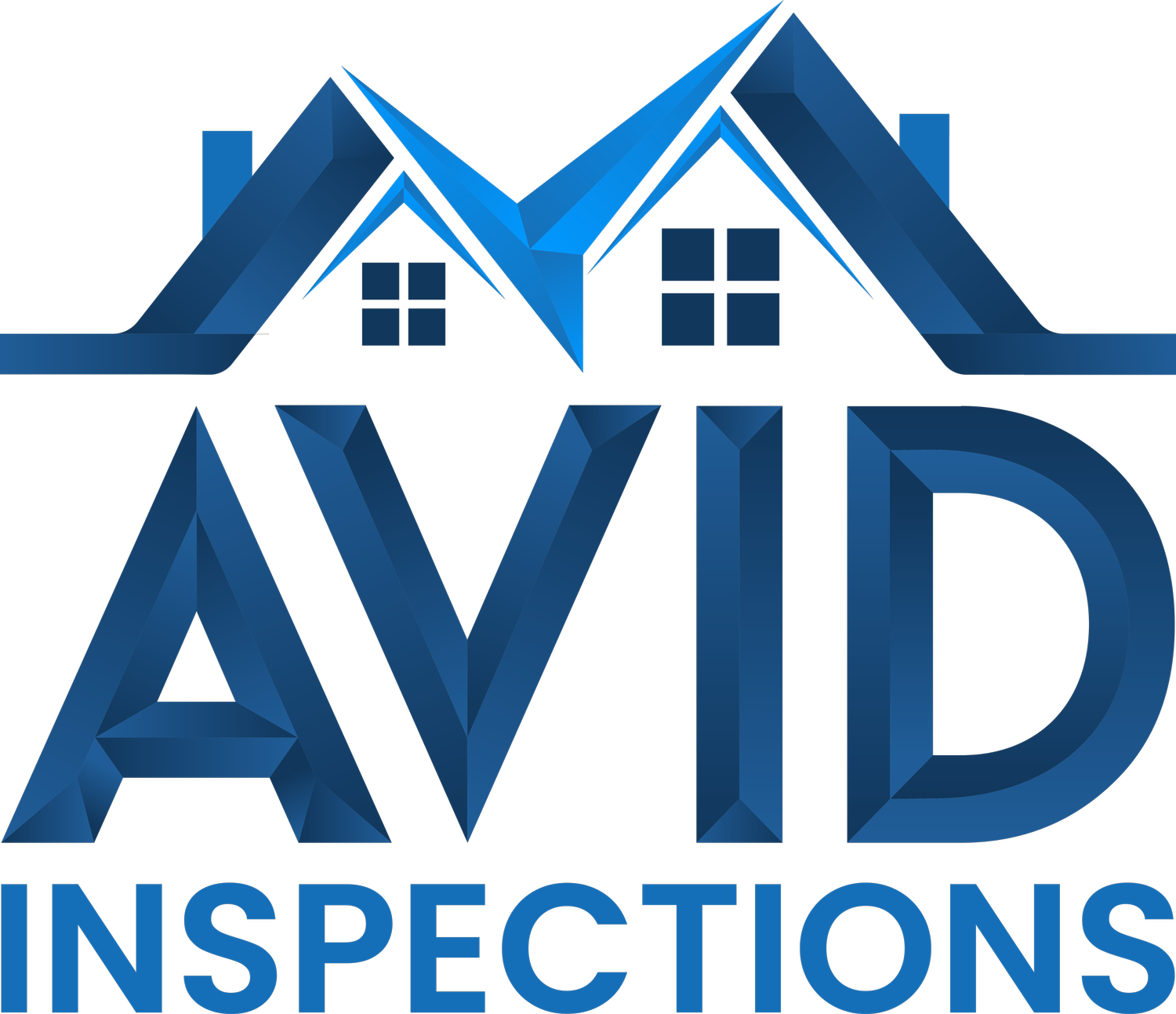Top 10 Safety Checks Every New Homeowner Should Perform
Top 10 Safety Checks Every New Homeowner Should Perform
Becoming a homeowner is an exciting milestone, but it comes with the responsibility of ensuring that your home is safe for you and your family. As a new homeowner, performing a thorough safety check is essential to prevent accidents, reduce risks, and protect your investment. In this blog, we’ll walk you through the top 10 safety checks every new homeowner should prioritize as soon as they move in.
1. Test Smoke and Carbon Monoxide Detectors
Smoke and carbon monoxide detectors are your first line of defense against fire and toxic gas exposure. Here’s what you should do:
• Test all smoke and carbon monoxide detectors to ensure they are functioning properly.
• Replace batteries if necessary or consider replacing the entire unit if it’s older than 10 years.
• Ensure there is at least one smoke detector on every level of your home and inside each bedroom.
2. Locate Emergency Shutoffs
Familiarize yourself with the locations of your home’s emergency shutoff valves and switches:
• Water shutoff valve: This is crucial for stopping leaks or preventing flooding in case of a burst pipe.
• Gas shutoff valve: Know how to turn it off in the event of a gas leak or emergency.
• Electrical panel: Locate the circuit breaker and learn how to shut off power to specific areas or the entire home if necessary.
3. Check for Fire Hazards
Fire safety should be a top priority in any home:
• Inspect the fireplace and chimney for cleanliness and safety, especially if you plan to use them.
• Ensure all electrical outlets and extension cords are in good condition and not overloaded.
• Keep flammable items like curtains or furniture away from heat sources, such as space heaters and radiators.
4. Inspect Doors and Windows
Secure doors and windows are essential for both safety and energy efficiency:
• Test all locks to ensure they work properly and consider upgrading to deadbolts or smart locks for added security.
• Check that windows open and close smoothly and that they are properly sealed to prevent drafts and water leaks.
• Add window locks or stops to prevent intruders and to enhance child safety.
5. Inspect Railings and Stairs
Check all staircases and railings in your home to ensure they are sturdy and secure:
• Tighten loose handrails or replace broken parts.
• Inspect steps for damage or uneven surfaces that could cause trips or falls.
• Install non-slip treads or carpeting on slippery stairs for added safety.
6. Check for Mold and Moisture
Mold and moisture issues can pose health risks and damage your home:
• Inspect areas prone to dampness, such as bathrooms, basements, and under sinks, for signs of mold or water leaks.
• Ensure proper ventilation in kitchens, bathrooms, and laundry rooms to prevent moisture buildup.
• Address leaks or standing water immediately to prevent long-term damage.
7. Test GFCI Outlets
Ground Fault Circuit Interrupters (GFCIs) are designed to protect you from electrical shocks, especially in areas with water exposure (like kitchens and bathrooms):
• Test all GFCI outlets by pressing the “test” button, followed by the “reset” button to ensure they’re functioning properly.
• If any GFCI outlet isn’t working or you don’t have them in wet areas, hire a licensed electrician to install or replace them.
8. Inspect the Water Heater
Your water heater is an essential component of your home. Take the time to:
• Check for leaks, rust, or other visible damage.
• Test the temperature setting to ensure it’s at a safe level (around 120°F) to prevent scalding and save energy.
• Drain the water heater annually to remove sediment buildup and improve efficiency.
9. Verify Outdoor Safety
Don’t forget to inspect the exterior of your home for potential hazards:
• Check exterior lighting to ensure all bulbs are working and pathways are well-lit.
• Inspect walkways, driveways, and steps for cracks or uneven surfaces that could cause trips or falls.
• Secure gates, fences, and sheds to protect your property and any pets or children.
10. Create an Emergency Plan
Having an emergency plan can save lives in critical situations:
• Map out emergency exits for every room in your home and practice escape routes with your family.
• Identify a meeting place outside where everyone can gather safely in case of an evacuation.
• Assemble an emergency kit with essentials like flashlights, batteries, bottled water, first aid supplies, and non-perishable food.
Bonus Tip: Schedule a Professional Home Inspection
Even if your home was inspected during the buying process, it’s a good idea to schedule another professional inspection to catch anything that may have been missed or address issues that have arisen since moving in.
Conclusion
Safety should always be a top priority for new homeowners. By performing these 10 essential safety checks, you can ensure that your home is a secure and comfortable environment for you and your family. Taking proactive steps now will give you peace of mind and help prevent potential accidents or costly repairs in the future. Start checking these items off your list today, and enjoy the confidence that comes with a well-maintained, safe home!
